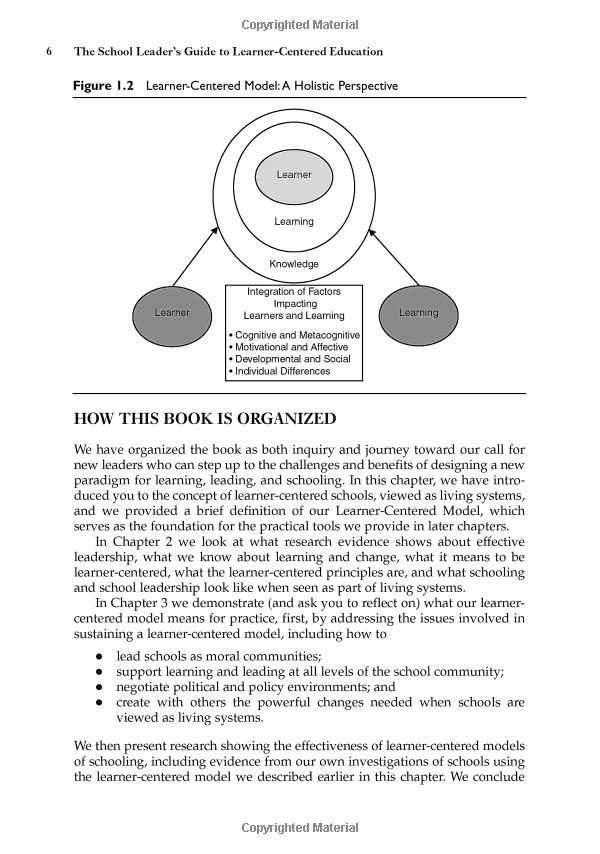Understanding Student Loans and Grants: A Comprehensive Guide to Financing Your Education
#### Student Loans and GrantsWhen it comes to financing your education, understanding the different options available is crucial. Two of the most common for……
#### Student Loans and Grants
When it comes to financing your education, understanding the different options available is crucial. Two of the most common forms of financial aid are student loans and grants. Both can help alleviate the financial burden of college, but they operate in very different ways.
#### What Are Student Loans?
Student loans are borrowed funds that students must repay, typically with interest. These loans can come from federal or private sources. Federal student loans usually offer lower interest rates and more favorable repayment terms compared to private loans. There are several types of federal loans, including Direct Subsidized Loans, Direct Unsubsidized Loans, and PLUS Loans, each with specific eligibility requirements and repayment conditions.
#### What Are Grants?

In contrast, grants are funds that do not have to be repaid, making them an attractive option for students seeking financial assistance. Grants are often awarded based on financial need, academic merit, or specific criteria set by the granting organization. The most well-known grant program in the United States is the Pell Grant, which is awarded to low-income undergraduate students. Other grants may be available from state governments, universities, or private organizations.
#### How to Apply for Student Loans and Grants
Applying for student loans and grants typically begins with filling out the Free Application for Federal Student Aid (FAFSA). This form assesses your financial situation and determines your eligibility for federal financial aid, including loans and grants. Many states and colleges also use the FAFSA to award their own financial aid.
Once you submit your FAFSA, you will receive a Student Aid Report (SAR), which summarizes your financial information and indicates your eligibility for various forms of aid. Based on this report, you can explore your options for student loans and grants.

#### Repayment of Student Loans
If you take out student loans, understanding the repayment process is essential. Most federal loans offer a grace period after graduation, during which you are not required to make payments. After this period, you will enter repayment, which can last anywhere from 10 to 30 years, depending on the loan type and repayment plan you choose. It’s important to stay informed about your loan servicer and the repayment options available to you, including income-driven repayment plans and loan forgiveness programs.
#### Benefits of Grants
One of the significant advantages of grants is that they do not need to be repaid, which can significantly reduce the overall cost of your education. Additionally, receiving a grant can help you avoid taking on excessive debt, allowing you to focus on your studies rather than worrying about future loan payments. Many students find that grants can cover a substantial portion of their tuition and fees, making higher education more accessible.

#### Conclusion
In summary, both student loans and grants play vital roles in helping students finance their education. While loans require repayment and can accumulate interest, grants provide financial support that does not need to be paid back. Understanding the differences between these two forms of financial aid is essential for making informed decisions about funding your education. By taking the time to explore your options and apply for available aid, you can set yourself up for academic success without the burden of overwhelming debt.